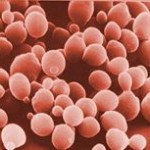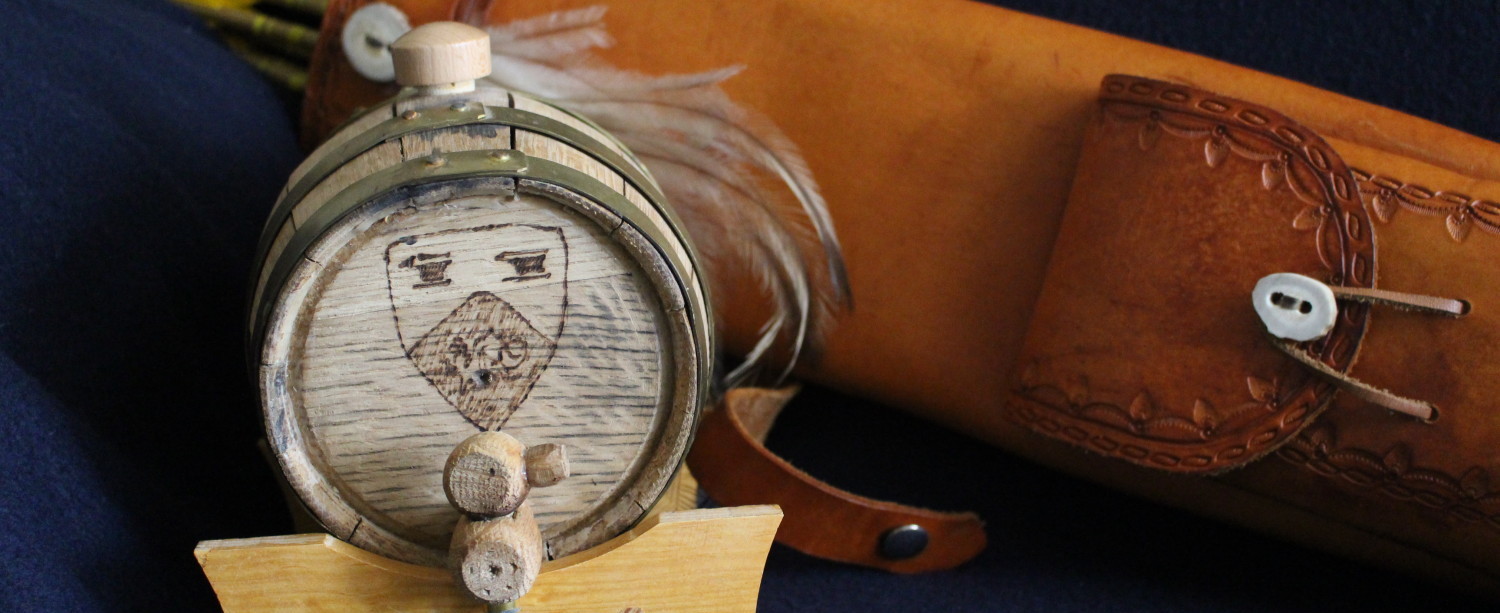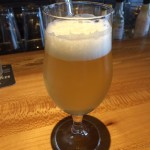Adventures in Yeast – Part III
In my previous post on yeast, Adventures in Yeast – Part II, I discussed the emergence of yeasts in Medieval Europe that allowed for beer fermentation at lower temperatures. These cryrotolerant yeasts that we call lager yeasts likely resulted from a hybridization of older ale yeasts (S. cerevisiae) and an “alien” yeast that allowed for this fermentation temperature difference. So far, the best candidate appears to be S. eubayanus that has, to date, been isolated in Patagonia, Wisconsin (U.S.) and China/Tibet. The China/Tibet version of this yeast seems to be the most likely to have hybridized with the European ale yeasts because trade from that geographical area pre-dates the discovery and use of cryrotolerant yeasts.
If we look at the most widely used lager yeasts, we find two major groupings: Group I and Group II. Both are hybrids, presumably between S. cerevisiae and S. eubayanus.
Group I (Saaz) yeasts are more cold tolerant than Group II and can ferment down to 5 degrees. They are triploid (3 sets of chromosomes) and they seem to have retained proportionately more DNA from their S. eubayanus ancestor as compared to Group II yeasts. Group I yeasts do not utilize maltotriose during fermentation.
Group II (Frohberg) yeasts are less cryrotolerant and retain proportionately more of the DNA from S. cerevisiae as compared to the Group I yeasts and they are tetraploids (4 sets of chromosomes). Group II yeasts can utilize maltotriose.
There are still major questions that we do not yet have answered.
- Do the two groups of lager yeasts have independent hybridization events? Walther, et al. (2014) argue that they share hybridization events and ancestry. (Editorial Comment: This is where I have to rely on the judgment of the experts until I can get a bit more up to speed on genetics terminology and research methods).
- Are these or their ancestors the “original” lager yeasts that ushered in the lager brewing era in Germany in the 15/16th century or were the brewers of those days able, via selective pressure, to produce S. cerevisiae strains that fermented well in colder temperatures?
- Was there a yeast that existed in Europe during the 15th/16th century that combined with S. cerevisiae to form these lager yeasts? To date, none has been isolated in Europe.
Much still needs to be determined so that we may better understand what happened to produce yeasts that are used in the fermentation of most beer on the world markets today. As Boynton and Greig (2014) suggest:
Further archaeological and historical study, paired with DNA analysis, is needed to definitively identify the yeast responsible for brewing the first lagers and the circumstances surrounding the S. pastorianus hybridization events.
Link to Adventures in Yeast IV.
References
Boynton, P. J., & Greig, D. (2014). The ecology and evolution of non-domesticated Saccharomyces species. Yeast, 20, 449-462.
Walther, A., Hesselbart, A., & Wendland, J. (2014). Genome sequence of Saccharomyces carlsbergensis, the world’s first pure culture lager yeast. G3: Genes | Genomes | Genetics, 4, 783-793.


Comments
Adventures in Yeast – Part III — No Comments
HTML tags allowed in your comment: <a href="" title=""> <abbr title=""> <acronym title=""> <b> <blockquote cite=""> <cite> <code> <del datetime=""> <em> <i> <q cite=""> <s> <strike> <strong>